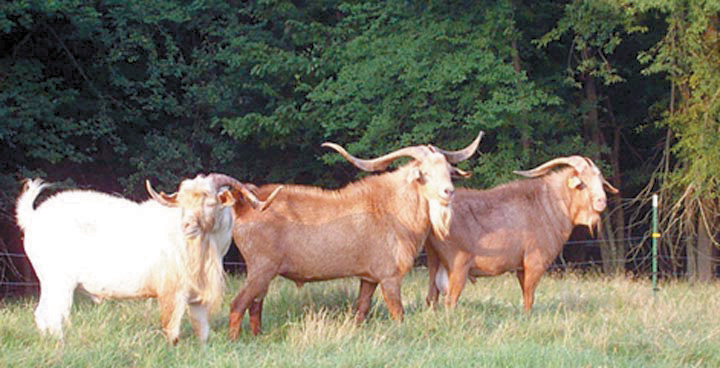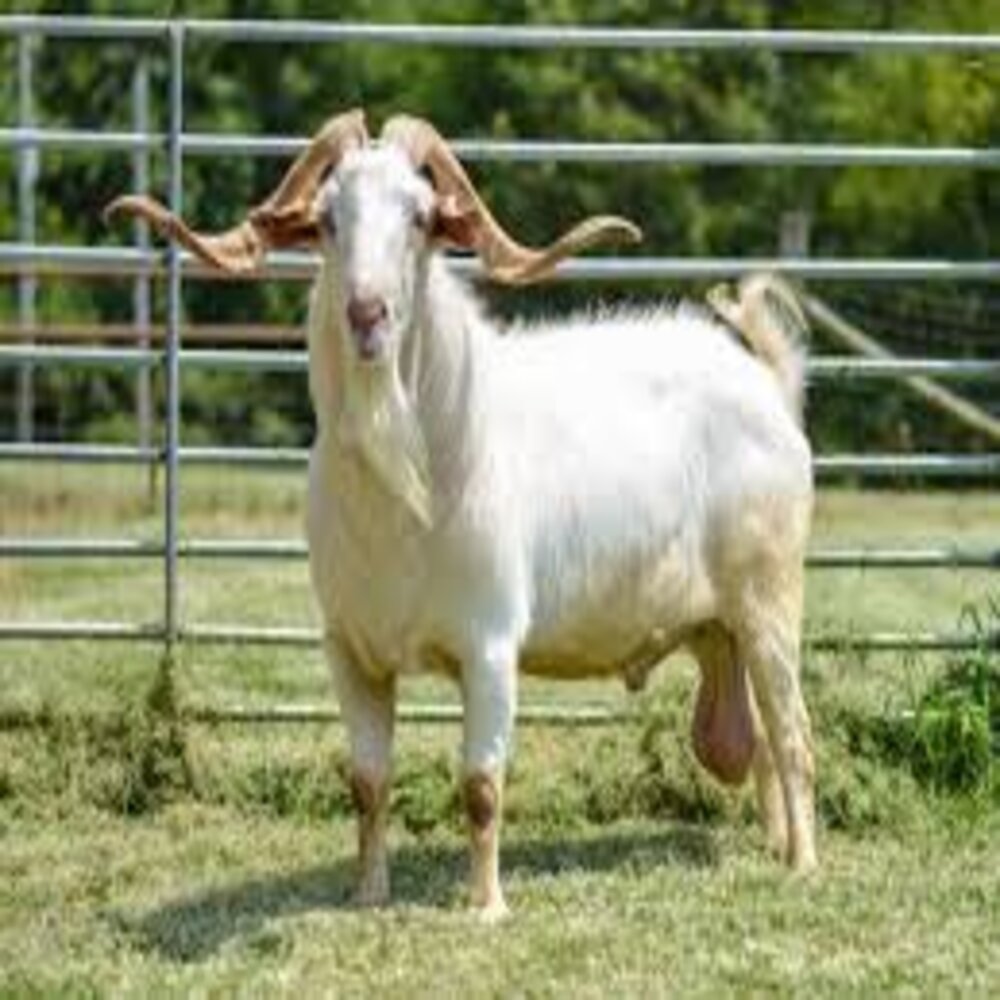In the world of goat farming, the Kiko breed stands out as a resilient and meat-focused option. Originating in New Zealand, the Kiko goat has made its mark in the United States, thanks to its hardiness, parasite resistance, and excellent maternal traits. In this blog post, we’ll delve into the intriguing history and characteristics of the Kiko breed, exploring why they’ve become a preferred choice for many farmers.

The Maori Influence
The roots of the Kiko goat can be traced back to the Maori people of New Zealand, who named the breed “Kiko,” meaning flesh or meat in their language. This nomenclature perfectly encapsulates the primary purpose of these goats—to produce high-quality meat. The Kiko breed was developed from feral goats that roamed wild and free, away from human interference in the highlands of New Zealand.
Breed Characteristics
Unlike some breeds that prioritize showroom glamour, the development of the Kiko breed was a pragmatic process. Breeders focused on facts, not emotions, and made decisions based on production traits. The goal was to create goats for the market with minimal inputs, and Kikos have proven to outperform other breeds economically.
Physical Characteristics: Kiko goats fall into the medium to large size category. Does typically range from 100 to 180 pounds, while bucks can weigh between 200 to 250 pounds. Despite not being the tallest breed, their productivity and hardiness make them valuable livestock.
Color Variations: Due to crossbreeding, Kiko goats exhibit a range of color variations, including solid white and cream. Occasionally, darker shades, such as black, can also appear, depending on the dominant characteristics of the parents.
Erect Ears and Horns: Similar to other goat breeds like Alpines and Saanens, Kiko goats have erect ears. This characteristic not only enhances their alertness but also allows for adaptability—ears that can crimp or drop as needed. Both male and female Kikos have horns, with bucks having larger, long, and twisted horns, while does sport shorter and slightly twisted ones. These horns serve as a means of protection against predators and aid in communication and temperature regulation.
Survivability and Adaptability: The Kiko breed’s origin story involves crossbreeding feral does with dairy bucks, creating a lineage with a remarkable ability to survive in diverse climates, including temperate, subtropical, alpine, and semi-arid regions. This adaptability makes them a sought-after choice for farmers worldwide.
https://smartrepro.com/catalog-category/meat-goats/
The Journey to the United States
Imported to the United States in 1992 by Goatex Group LLC, the Kiko breed has gained recognition through three registries: AKGA, IKGA, and NKR. The latter, being the largest, allows for the registration of Kikos as 100% New Zealand, tracing their lineage back to the original stock. Purebreds, at least 15/16ths New Zealand stock, and percentages, at least 50% New Zealand stock, are also recognized categories. Additionally, Kiko-Boer crosses can be registered as Genemaster™ through the NKR.
https://www.nationalkikoregistry.com/
Conclusion
In conclusion, the Kiko goat’s journey from the hills of New Zealand to farms in the United States showcases its resilience, adaptability, and economic benefits. Whether you’re a seasoned goat farmer or considering entering the world of livestock, the Kiko breed stands as a testament to the power of purposeful breeding and a focus on practical, productive traits.

